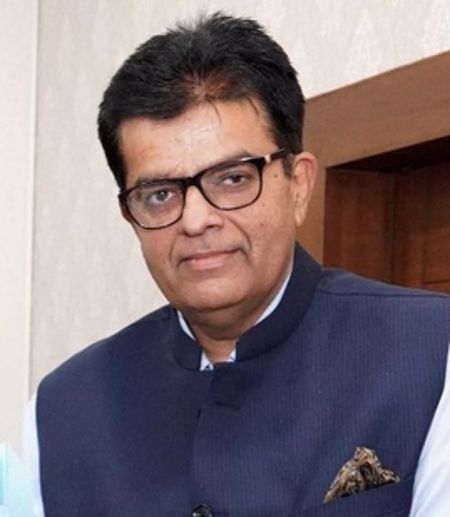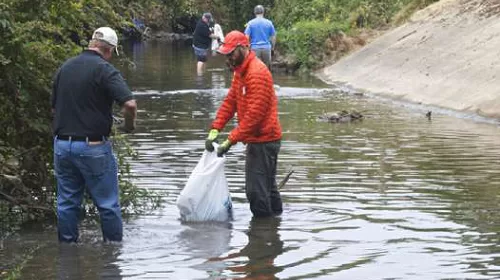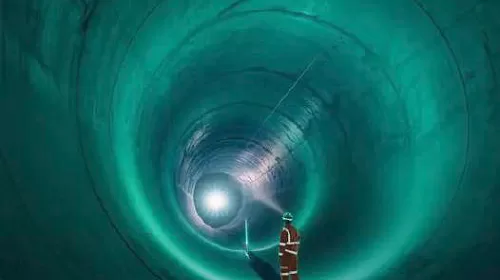A joint committee of officers from various departments and the state pollution control board will be set up to observe the nature of effluents discharged from various industrial setups, said Haryana Chief Secretary Sanjeev Kaushal.
The step is being taken to treat the waste according to the nature of the discharge. The committee will include officers from the Haryana State Pollution Control Board, Haryana State Industrial & Infrastructure Development Corporation, urban local bodies and the Public Health Engineering department.
Kaushal was presiding over a meeting here regarding pollution in the Yamuna catchment, a statement said. He said the officers should ensure the existing sewage treatment plants, effluent treatment plants and common effluent treatment plants are upgraded according to the nature of industrial discharge.
He also directed that a roadmap be prepared to tackle the issues related to river pollution. Before permitting any industrial setup to operate, its nature of effluent discharge should be clearly mentioned in the project report so that the appropriate treatment plant can be installed, he told the officials at the meeting.
While reviewing the status of village sewage treatment plants in the Yamuna catchment, Kaushal was apprised by the officials that an action plan was prepared for the treatment or diversion of 75 million litres per day (MLD) sewage generated from rural areas at 276 villages. Work on such plants in 118 villages has been completed and that in 130 is underway.
The chief secretary was also informed that four sewage treatment plants — two 15-MLD facilities at Peer Bodhi (Rohtak) and Jodhpur Road (Palwal), a 2.5-MLD capacity plant at Firozpur (Palwal) and a 10-MLD one in Rohtak are on the verge of completion and would soon be operational.
Another four sewage treatment plants of 340 MLD capacity are under consideration in the Yamuna catchment and will be completed by December 2025, he was told.





